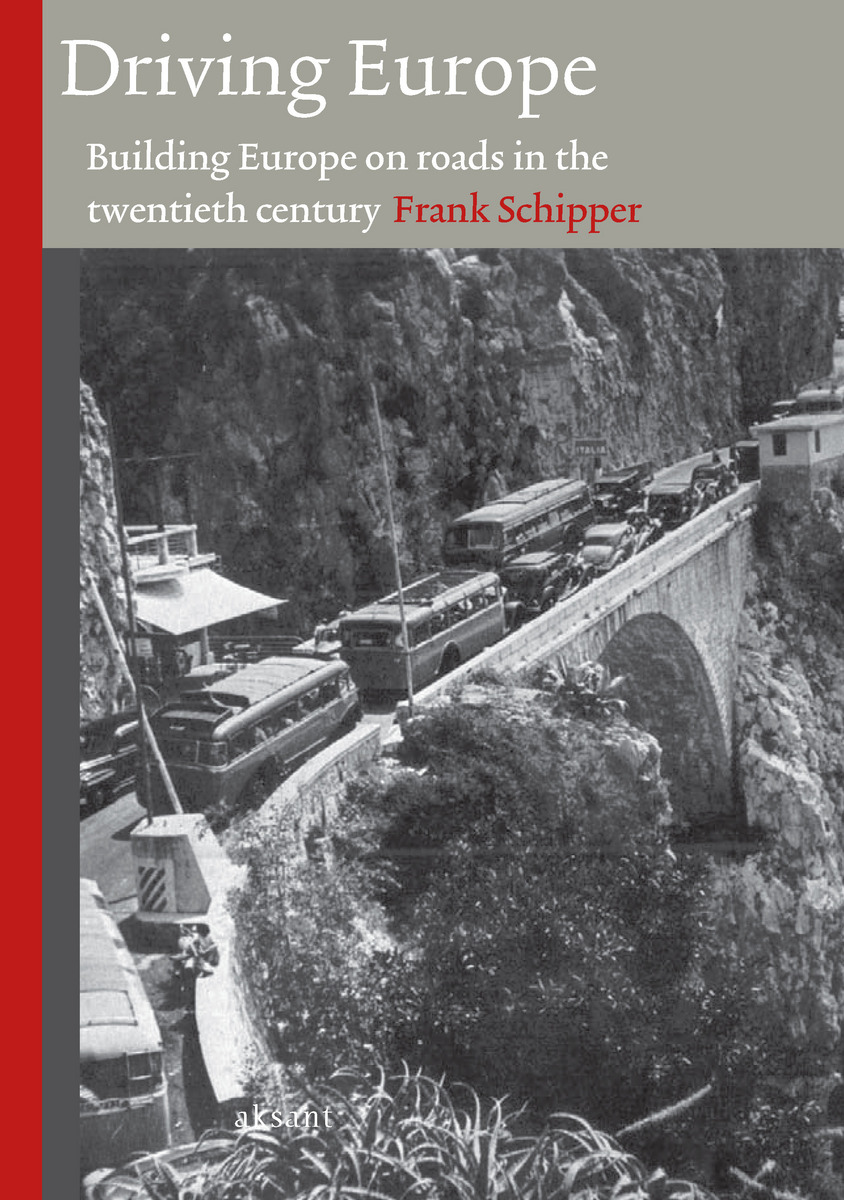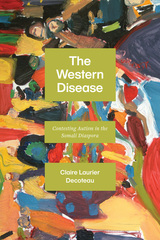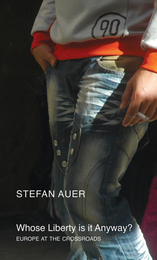Driving Europe: Building Europe on Roads in the Twentieth Century (Technology and Europe History) (Volume 3)
Amsterdam University Press, 2009
eISBN: 978-90-485-2119-7 | Paper: 978-90-5260-308-7
See other books on: Building | Lyddon, Dave | Roads | Vandaele, Kurt | Venbrux, Eric
See other titles from Amsterdam University Press
eISBN: 978-90-485-2119-7 | Paper: 978-90-5260-308-7
ABOUT THIS BOOK
ABOUT THIS BOOK
Today we can hardly imagine life in Europe without roads and the automobiles that move people and goods around. In fact, the vast majority of movement in Europe takes place on the road. Travelers use the car to explore parts of the continent on their holidays, and goods travel large distances to reach consumers. Indeed, the twentieth century has deservedly been characteried as the century of the car. The situation looked very different around 1900. People crossing national borders by car encountered multiple hurdles on their way. Technically, they imported their vehicle into a neighboring country and had to pay astronomic import duties. Often they needed to pass a driving test in each country they visited. Early on, automobile and touring clubs sought to make life easier for traveling motorists. International negotiations tackled the problems arising from differing regulations. The resulting volume describes everything from the standardied traffic signs that saved human lives on the road to the Europabus taking tourists from Stockholm to Rome in the 1950s. Driving Europe offers a highly original portrait of a Europe built on roads in the course of the twentieth century.
See other books on: Building | Lyddon, Dave | Roads | Vandaele, Kurt | Venbrux, Eric
See other titles from Amsterdam University Press












